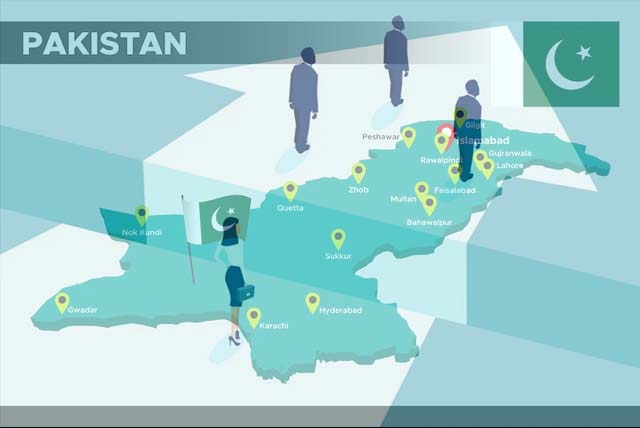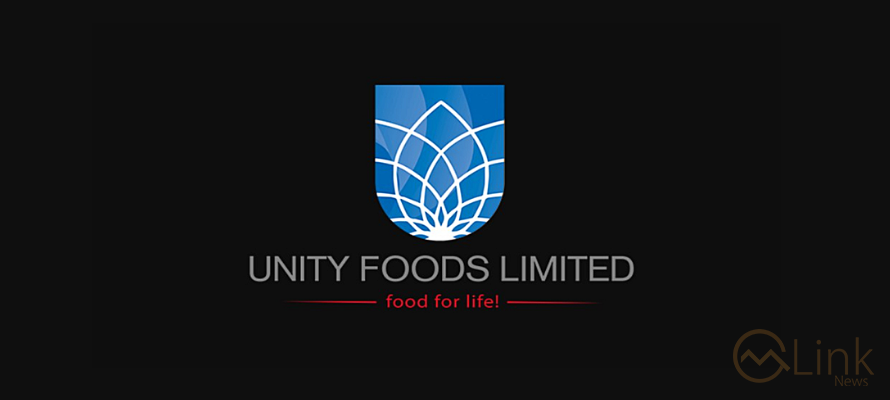December 11, 2023 (MLN): Gender restrictions imposed by employers pose a significant constraint on job opportunities for women in Pakistan, a recent study conducted by the Asian Development Bank (ADB) highlighted.
Gender gaps in labor market outcomes persist in South Asia, prompting an open question regarding the predominant influence of supply or demand-side constraints.
To explore this, the ADB recently conducted a comprehensive study.
Researchers utilized matched data from three sources in Lahore, Pakistan, including representative samples of job seekers and employers, administrative data from a job matching platform, and an incentivized resume rating experiment.
The study's finding, drawn from a unique dataset revealed that employers' gender restrictions emerge as a significant constraint on women's job opportunities, surpassing supply-side decisions.
Second, firm-side explicit gender criteria dominate other factors in determining the quantity of opportunities open to women with less than a secondary education; this gender gap in the quantity of opportunities closes dramatically with education.
Firms’ explicit gender criteria reflect existing firm-level gender segregation, as well as requirements of the job, perceived as unfriendly to women, such as long and late working hours.
Furthermore, as women attain higher levels of education, they become more selective in their job choices, and demand-side factors constrain the quality of job opportunities available to them.
At higher levels of education, women are less likely than men to choose the occupation of a given dyad or to apply to a given match.
However, demand-side factors constrain the quality of job opportunities available to women at the highest education levels; women are more likely than men to meet gender qualifications for the lowest salary quintile of vacancies hiring those with tertiary education.
These results help contextualize a growing literature documenting specific barriers to women’s employment on both the supply and demand side.
Much of the recent literature that studies low female employment focuses on alleviating supply-side constraints via interventions such as overcoming information asymmetries, training in socio-emotional skills, addressing norms by engaging partners and family members, safe transport, and social protection programs that target women.
Relatively less emphasis has been placed on demand-side interventions, including incentives such as tax breaks or grants, for firms to offer workplace facilities that would be inclusive to women which might in turn increase firms’ willingness to hire women.
Furthermore, much of the existing literature focuses on across-sector occupational gender segregation, rather than within-sector across-firm variation.
The majority of women and men in the population the ADB studied, and indeed in many settings with low levels of women’s employment, have less than a secondary education.
It demonstrates that in one such population, firm gender criteria are overwhelmingly the binding constraint to women’s job opportunities, compared to any decisions that individuals make in their own job search.
Across-sector variation does not fully explain whether firms are willing to hire women; rather within-sector differences in firm infrastructure and vacancy characteristics are correlated both with the education level at which firms are hiring and whether they are open to hiring women.
Thus, the results suggest that while supply-side decisions are important, alleviating demand-side constraints to female employment might have a larger impact.
Copyright Mettis Link News
Posted on: 2023-12-11T09:58:16+05:00







